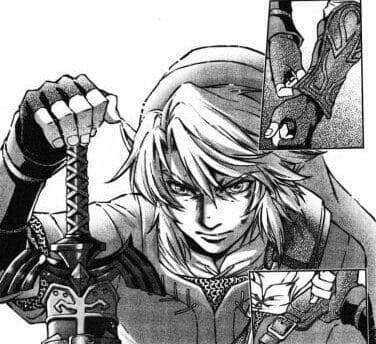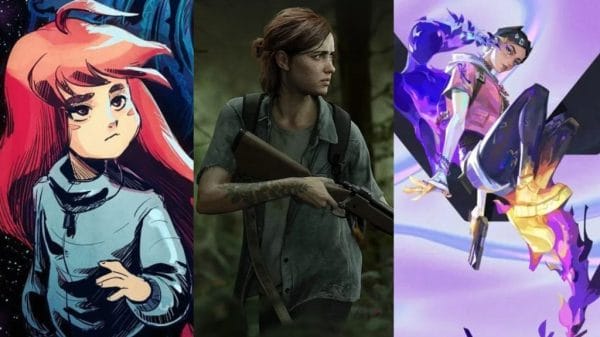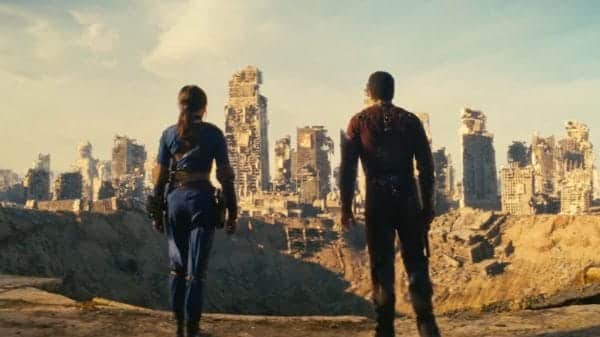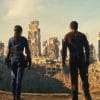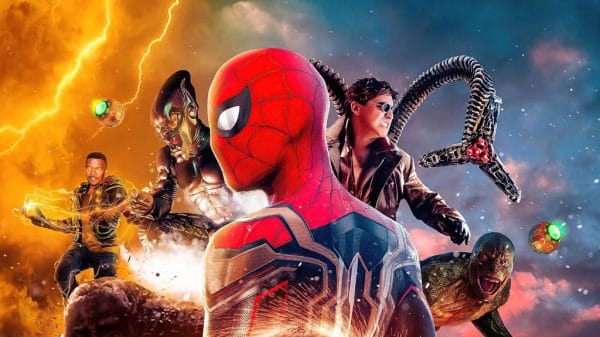The Legend of Zelda is a franchise that has been around since 1986, immediately establishing itself as a pillar of the gaming world since its inception. The Nintendo Switch games Breath of the Wild and Tears of the Kingdom have received critical acclaim.
New generation games have been trendsetters for their respective genres – for example, Street Fighter 6 revolutionized the basic fighting game formula. The Legend of Zelda can do the same for adventure games, taking inspiration from Ocarina of Time and modern manga adaptations.
Why Ocarina is the Perfect Base for Zelda Games
The Legend of Zelda: Ocarina of Time is universally regarded as one of the greatest video games of all time. It’s a plain and simple hero’s journey, with memorable characters and locations that stick in players’ minds forever. Ocarina‘s game design was so effective that the following games had to actively avoid using the same mechanics to differentiate themselves.
The Zelda series intricately explores the concept of timelines, and Ocarina of Time serves as the nexus for three divergent paths: the Child Timeline, the Adult Timeline, and the mysterious Fallen Hero timeline. This masterful interplay of timelines elevates the series beyond others. It has expanded and changed over the years into an unforgettable saga that intertwines destiny, heroism, and adventure, solidifying its legendary status in the gaming world.
Going back to 2004, the Child Timeline was continued. Link’s courageous intervention at the finale of Ocarina of Time leads to the narrative of Twilight Princess that occurs centuries later. Compared to others in the series, Twilight Princess is the Zelda game that has the richest tapestry of consequences, quests, and characters.
Twilight Princess and its Manga Adaptation
In 2004, Nintendo unveiled The Legend of Zelda: Twilight Princess, boldly steering the franchise into a darker realm. This marked Nintendo’s inaugural endeavor to imbue the characters with a realistic visage while forging direct connections between their games.
Many mature story elements were cut or reworked as manga authors greatly expanded on the trimmed content. The manga still had enough time to spread the story out. This made it really feel like a year-long narrative where the heroes traveled the globe. At this point, the actual game feels rushed in comparison Link in Twilight Princess emerges as the new hero centuries after Ocarina’s era, solidifying its place as the canonical next step in the saga
Why Taking Cues From Fans Works
While the games use a regular “save the princess and/or the world” plot, fan works extensively delve into the lives of the three primary characters: Zelda, Link, and Ganondorf. Fans perceive their rebirth as a horrifying burden – thrust into a battle they never sought, grappling with the confusion of accessing centuries’ worth of knowledge.
In this interpretation, past game events contort into urban legends. Only Triforce wielders know what actually happened in the past. Fans like to emphasize the consequences of each game. Developers and writers still overlook these nuanced perspectives. Officially, the story is just a base for the gameplay structure.
The Cons of Breaking Off From the Main Storyline
Breath of the Wild was originally stated to be the final ending to the Zelda story. On the official Zelda timeline, it’s placed firmly at the bottom of all three branching timelines, meaning that every single one eventually leads to the Breath of the Wild setting.
Unfortunately, Tears of the Kingdom separated itself from other games so drastically that the Switch games got their own timeline. Real-time cutscenes are virtually absent. The only significant cutscenes are ancient flashbacks and characters spouting exposition. Dialogue is scarce; the game focuses on open-world climbing, crafting, and combat. Crafting revitalizes dungeons, but it sacrifices character presence for gameplay freedom.
A return to an Ocarina of Time approach could rejuvenate the new-generation games’ narrative. A Bloodborne-style game, with swift combat and intricate locations, offers another avenue. To enhance role-playing, open space would need reduction. Given Ocarina of Time‘s enduring triumph, this approach is definitely reliable.


